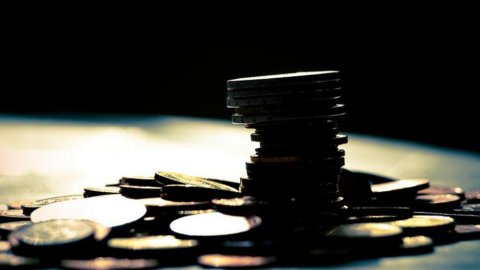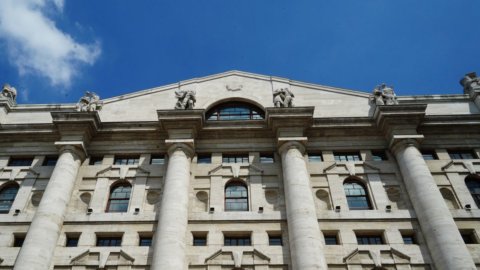The single currency, after Tuesday's crash, continued to float along the threshold of support in the 1,27.
Thursday night the cross eur / usd has remained broadly stable around 1,2742, registering a certain stagnation on the Asian markets.
In the early hours of the morning, however, the opening of European trading pushed the single currency downwards again, starting at 8 am.
It was mainly the data on the Spanish GDP and the outcome of the Bonos auctions a And 3 4 years to move the pair, which settles in the late morning close to the lows reached on Tuesday, however failing to break the support.
The data on the GDP of Madrid, in contraction in the first quarter of 0,3%, and the result of the government bond auctions they recorded rates doubled despite good demand, they played a role in intraday movement, but will again be data from Athens to move the market.
As in recent days, however, the break of the support could be facilitated by the American data on requests for unemployment (14.30 pm), from the publication of the Bloomberg index on consumer confidence (15.45 pm), from the index on production processed by the Philadelphia Federal Reserve (16 pm).
Any signs of improvement in the US context could, as already happened on Tuesday, strengthen the decline of the single currency, but a possible break of the support could not stage a rapid descent towards 1,24 level: the very recent Angela Merkel's opening to a softer line on Greece they have the potential – at least – to hold the exchange rate momentarily.
On the front euro/yen, the higher than expected increase in industrial production (equal to1,3% seasonally adjusted), and the data on Japanese GDP (up 1% in the first quarter of 2012), pushed up the yen, which appreciates at 102.12.
From a historical perspective, the eastern currency is on a gradual upward path against the European currency: with the exception of the short bearish period of mid-late April, the euro has been falling against the yen since the end of March, when the cross at 110. The single currency lost against the Tokyo currency on 7% of its value in the last two months.
On the dollar side Australian/Swiss Franc, considered a valid indicator of Chinese growth prospects, the Down Under currency regained share on the safe haven of Bern.
The movement is due not so much to rosier forecasts about Beijing, as to the huge ones foreign currency purchases that the Swiss Central Bank had to adopt to keep the value of the franc down and protect exports.
During the turbulence of recent days, an excessive appreciation of the transalpine currency caused by a run on safe-haven assets prompted the Governor of the SNB to reinforce the unlimited purchase program of euros and foreign currency, a practice in force in Bern for months now.
Not surprisingly, even on the cross dollar/Swiss franc, the appreciation of the US currency has shown faster in the past few days, but the exchange rate has been since the beginning of May Chf/Usd draws downwards, from the threshold of 1,10 from the beginning of the month to1,05 today.





